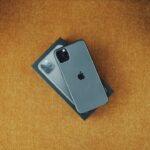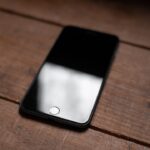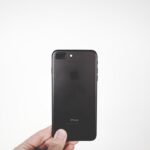The iPhone charging port, commonly referred to as the Lightning port, is a critical component of Apple’s mobile devices. Introduced with the iPhone 5 in 2012, this port replaced the older 30-pin connector and has since become a standard for all subsequent iPhone models. The Lightning port serves multiple functions beyond just charging; it also facilitates data transfer between the device and computers or other peripherals.
This dual functionality is essential for users who rely on their devices for both power and connectivity. The design of the Lightning port is notable for its compactness and reversibility, allowing users to plug in their charging cables without worrying about orientation. This innovation has contributed to a more user-friendly experience, as it eliminates the frustration often associated with traditional USB connectors.
However, the compact nature of the port also means that it can be susceptible to wear and tear over time. Dust, lint, and other debris can accumulate within the port, potentially leading to connectivity issues. Understanding how this port functions and its importance in the overall operation of the iPhone is crucial for users who want to maintain their devices effectively.
Key Takeaways
- The iPhone charging port is a crucial component that allows the device to charge and transfer data.
- Signs of a faulty iPhone charging port include difficulty in connecting the charger, intermittent charging, and loose connection.
- Factors affecting iPhone charging port repair cost include the extent of damage, model of the iPhone, and the repair service provider.
- Professional repair is often the better option for iPhone charging port issues, as it ensures proper diagnosis and quality repair.
- The average cost of iPhone charging port repair ranges from to 0, depending on the factors mentioned earlier.
Signs of a Faulty iPhone Charging Port
Inconsistent Charging Behavior
One of the most common signs of a malfunctioning charging port is inconsistent charging behavior. If your iPhone only charges when the cable is positioned at a certain angle or if it frequently disconnects while charging, these are clear indicators that something is amiss.
Physical Damage and Corrosion
Users may also notice physical damage to the charging port, such as bent pins or a loose or wobbly port. Additionally, signs of corrosion or discoloration around the port area can occur due to moisture exposure. These signs require immediate attention to prevent further damage.
Unusual Sounds and Error Messages
In some cases, users might hear unusual sounds when plugging in their charger, indicating that there may be an internal issue affecting the connection. Error messages such as “This accessory is not supported” can also appear, leading to confusion about whether the issue lies with the cable or the port itself. Recognizing these signs early can help prevent further damage and ensure that repairs are made promptly.
Factors Affecting iPhone Charging Port Repair Cost
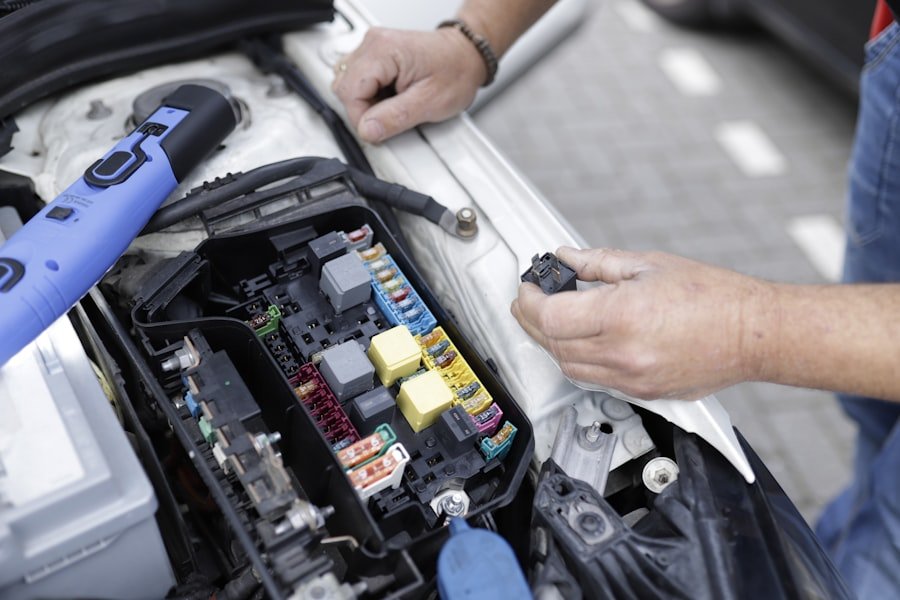
When it comes to repairing a faulty iPhone charging port, several factors can influence the overall cost. One of the primary considerations is the model of the iPhone in question. Newer models often have more advanced technology and components, which can lead to higher repair costs compared to older versions.
For instance, an iPhone 13 may require more specialized parts and labor than an iPhone 7, resulting in a price difference for similar repairs. Another significant factor is whether the repair is conducted by an authorized service provider or an independent technician. Authorized Apple service centers typically charge more due to their use of genuine parts and adherence to Apple’s repair standards.
In contrast, third-party repair shops may offer lower prices but could use aftermarket components that may not meet Apple’s quality standards. Additionally, labor costs can vary widely based on geographic location; urban areas with higher living costs often see elevated repair prices compared to rural regions. Understanding these factors can help users make informed decisions about where to seek repairs.
DIY vs Professional Repair: Which is the Better Option?
| Factors | DIY Repair | Professional Repair |
|---|---|---|
| Cost | Low | High |
| Time | Variable | Fixed |
| Quality | Variable | High |
| Risk | High | Low |
| Expertise | Depends on individual | Professional |
The decision between attempting a DIY repair or seeking professional assistance for a faulty iPhone charging port can be daunting. On one hand, DIY repairs can be appealing due to their potential cost savings and the satisfaction of fixing a device independently. Numerous online tutorials and videos provide step-by-step guidance on how to disassemble an iPhone and replace its charging port.
However, this approach carries inherent risks; without proper tools and experience, users may inadvertently cause further damage to their devices or void any existing warranties. Conversely, professional repairs offer peace of mind and assurance that the work will be performed by trained technicians using quality parts. Authorized service providers have access to proprietary tools and resources that enable them to diagnose and fix issues more efficiently than most DIY enthusiasts could manage.
While professional repairs may come at a higher price point, they often include warranties on parts and labor, providing additional security for users concerned about future issues. Ultimately, weighing the pros and cons of each option is essential for making an informed choice that aligns with one’s technical skills and budget.
Average Cost of iPhone Charging Port Repair
The average cost of repairing an iPhone charging port can vary significantly based on several factors previously discussed. Generally speaking, users can expect to pay anywhere from $50 to $150 for a standard repair at a third-party shop. This price range typically covers labor costs and replacement parts but may not include additional fees for diagnostics or other related services.
For older models like the iPhone 6 or 7, repairs might lean towards the lower end of this spectrum due to the availability of parts and simpler repair processes. In contrast, repairs for newer models such as the iPhone 12 or 13 can escalate in price, often reaching upwards of $200 at authorized service centers. This increase reflects not only the complexity of newer devices but also the premium associated with using genuine Apple parts.
Users should also consider potential hidden costs; for example, if additional issues are discovered during repair—such as damage to internal components—the final bill could exceed initial estimates. Therefore, it’s wise for users to inquire about potential costs upfront before committing to any repair service.
Tips for Finding a Reliable Repair Service
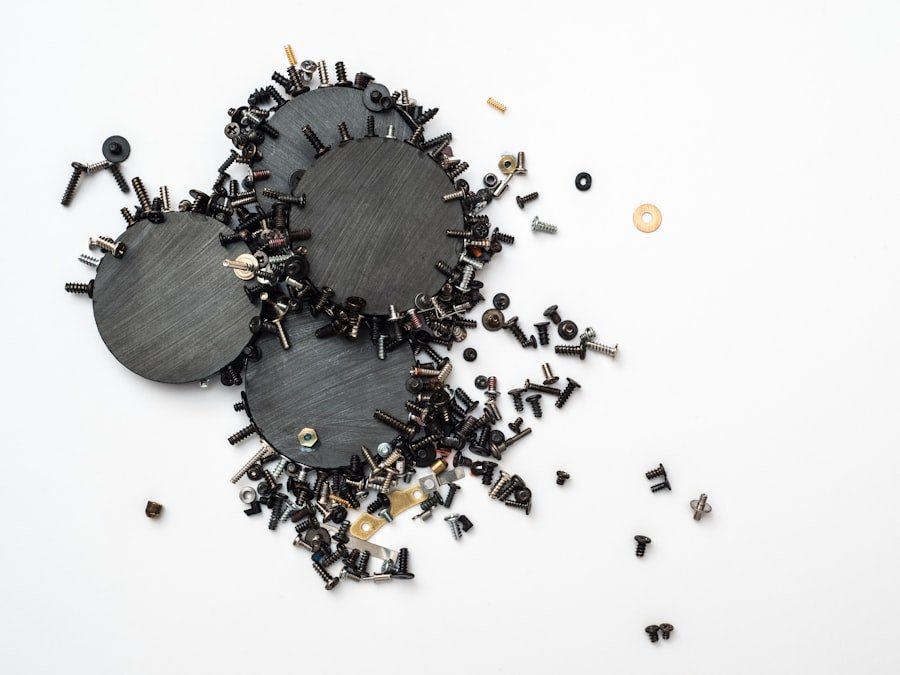
Finding a trustworthy repair service for your iPhone charging port is crucial to ensuring quality work and avoiding further complications. One effective strategy is to seek recommendations from friends or family who have had similar repairs done in the past. Personal experiences can provide valuable insights into the reliability and professionalism of local repair shops.
Additionally, online reviews on platforms like Google or Yelp can offer a broader perspective on customer satisfaction and service quality. It’s also important to verify whether a repair shop employs certified technicians who are trained in handling Apple products. Authorized service providers will typically display their certification prominently, indicating that they adhere to Apple’s standards for repairs.
When visiting a shop, don’t hesitate to ask about their warranty policies on parts and labor; reputable services will stand behind their work with guarantees that protect consumers from future issues. Finally, obtaining multiple quotes from different repair services can help users gauge fair pricing and make an informed decision based on both cost and quality.
Preventing Future Charging Port Issues
Preventing future issues with your iPhone charging port requires proactive care and maintenance practices that can extend its lifespan significantly. One simple yet effective measure is to regularly clean the charging port using compressed air or a soft brush designed for electronics. This practice helps remove dust and debris that can accumulate over time and impede connectivity.
Users should avoid inserting foreign objects into the port, as this can cause physical damage or dislodge internal components. Additionally, using high-quality charging cables and adapters is essential for maintaining optimal performance. Cheap or counterfeit accessories may not only charge your device inefficiently but could also lead to overheating or short-circuiting issues that damage the charging port itself.
It’s advisable to invest in certified accessories that meet Apple’s standards for safety and compatibility. Finally, being mindful of how you handle your device—such as avoiding excessive bending of cables or dropping your phone—can go a long way in preventing wear and tear on both the charging port and other components.
Importance of Timely Charging Port Repair
Addressing issues with your iPhone charging port promptly is vital for maintaining your device’s functionality and longevity. Delaying repairs can lead to more severe problems that may affect other internal components or result in complete device failure. By recognizing signs of malfunction early on and seeking appropriate repairs—whether through DIY methods or professional services—users can ensure their devices remain reliable tools for communication and productivity.
Moreover, understanding the factors influencing repair costs and taking preventive measures can empower users to make informed decisions regarding their devices’ care. In an age where smartphones play an integral role in daily life, ensuring that your iPhone remains in optimal working condition is not just a matter of convenience; it’s essential for staying connected in an increasingly digital world.
If you are experiencing issues with your iPhone charging port, you may also be interested in learning about troubleshooting tips for why your iPhone is beeping. Check out this article for more information: Why Is My iPhone Beeping? Troubleshooting Tips.


